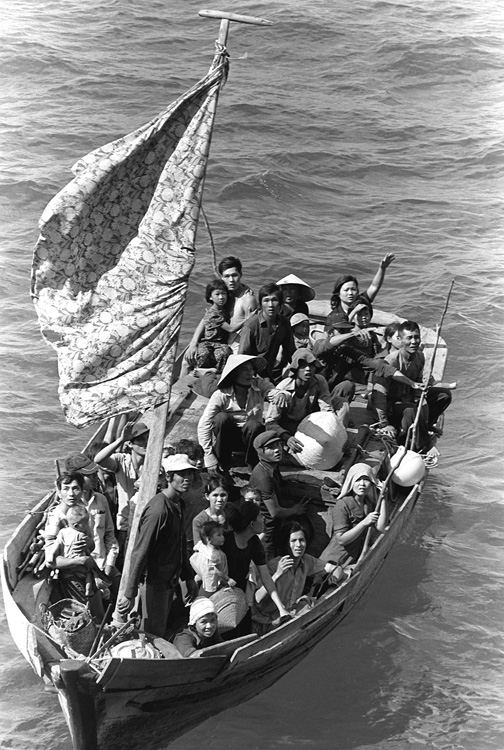| << Chapter < Page | Chapter >> Page > |
Like many groups this section discusses, Asian Americans represent a great diversity of cultures and backgrounds. The experience of a Japanese American whose family has been in the United States for three generations will be drastically different from a Laotian American who has only been in the United States for a few years. This section primarily discusses Chinese, Japanese, and Vietnamese immigrants and shows the differences between their experiences. The most recent estimate from the U.S. Census Bureau (2014) suggest about 5.3 percent of the population identify themselves as Asian.
The national and ethnic diversity of Asian American immigration history is reflected in the variety of their experiences in joining U.S. society. Asian immigrants have come to the United States in waves, at different times, and for different reasons.
The first Asian immigrants to come to the United States in the mid-nineteenth century were Chinese. These immigrants were primarily men whose intention was to work for several years in order to earn incomes to support their families in China. Their main destination was the American West, where the Gold Rush was drawing people with its lure of abundant money. The construction of the Transcontinental Railroad was underway at this time, and the Central Pacific section hired thousands of migrant Chinese men to complete the laying of rails across the rugged Sierra Nevada mountain range. Chinese men also engaged in other manual labor like mining and agricultural work. The work was grueling and underpaid, but like many immigrants, they persevered.
Japanese immigration began in the 1880s, on the heels of the Chinese Exclusion Act of 1882. Many Japanese immigrants came to Hawaii to participate in the sugar industry; others came to the mainland, especially to California. Unlike the Chinese, however, the Japanese had a strong government that negotiated with the U.S. government to ensure the well-being of their immigrants. Japanese men were able to bring their wives and families to the United States, and were thus able to produce second- and third-generation Japanese Americans more quickly than their Chinese counterparts.
The most recent large-scale Asian immigration came from Korea and Vietnam and largely took place during the second half of the twentieth century. While Korean immigration has been fairly gradual, Vietnamese immigration occurred primarily post-1975, after the fall of Saigon and the establishment of restrictive communist policies in Vietnam. Whereas many Asian immigrants came to the United States to seek better economic opportunities, Vietnamese immigrants came as political refugees, seeking asylum from harsh conditions in their homeland. The Refugee Act of 1980 helped them to find a place to settle in the United States.


Notification Switch
Would you like to follow the 'Introduction to sociology 2e' conversation and receive update notifications?